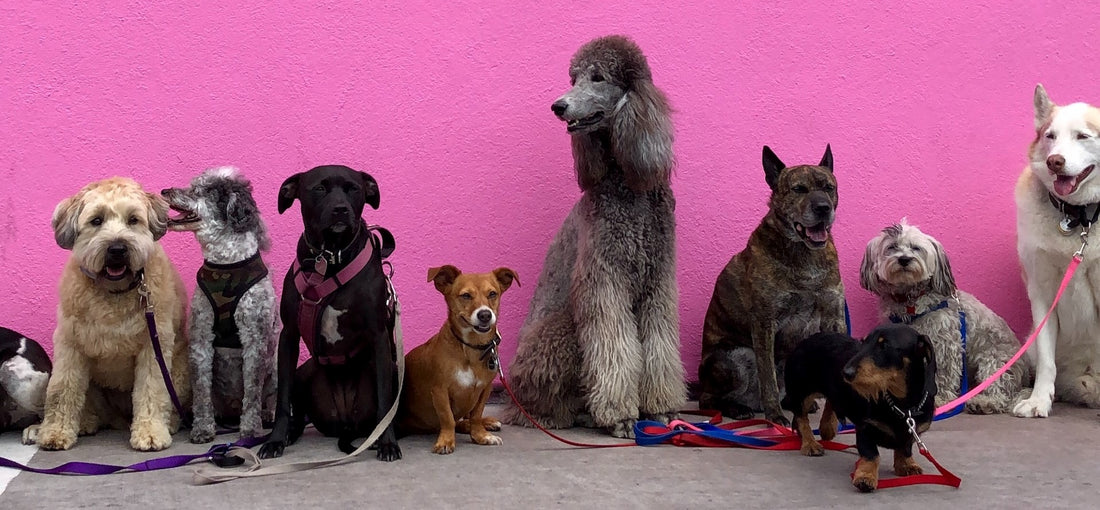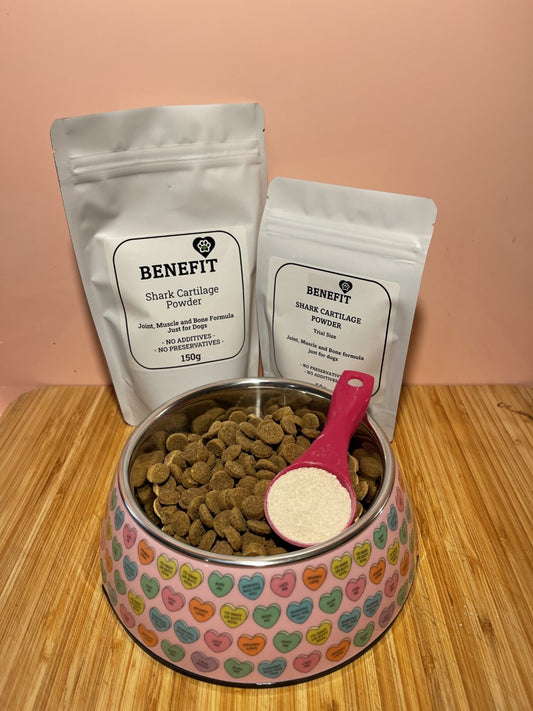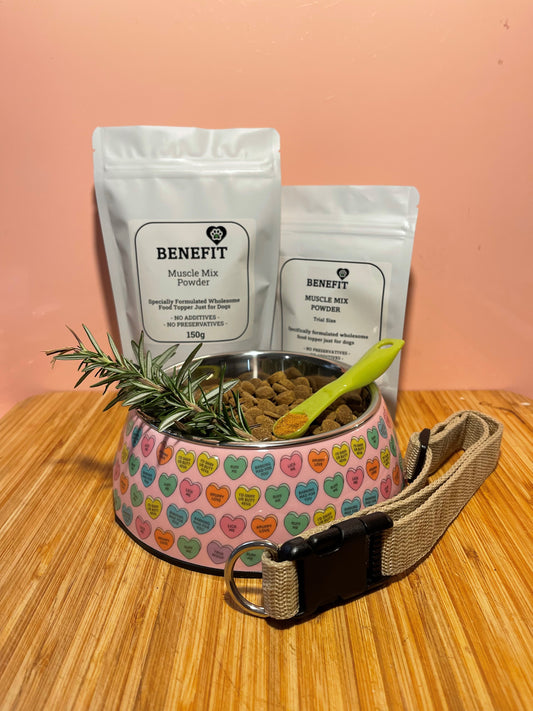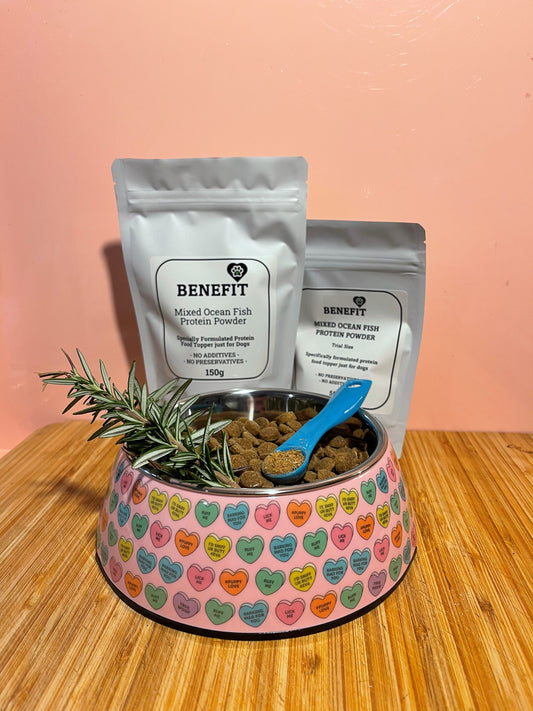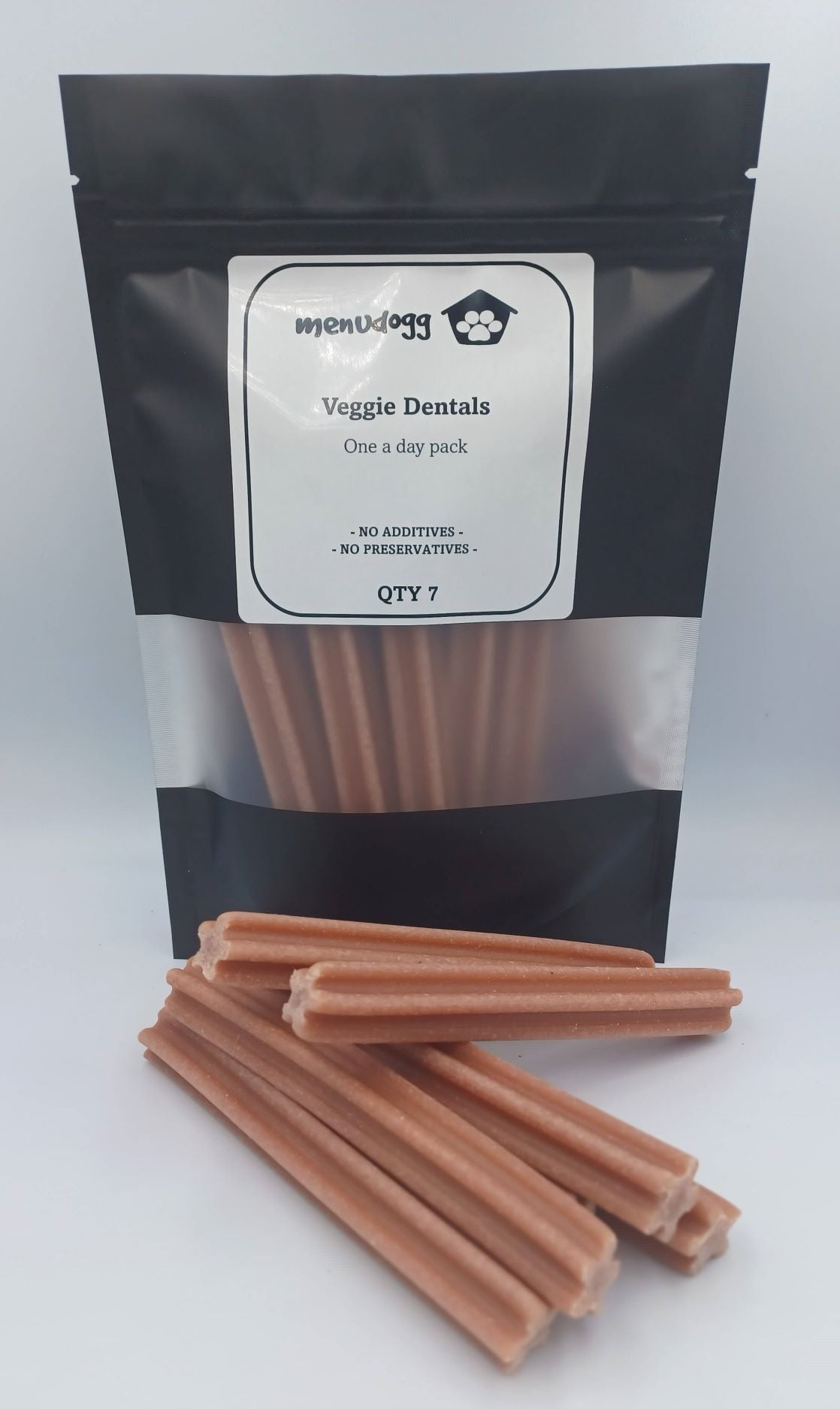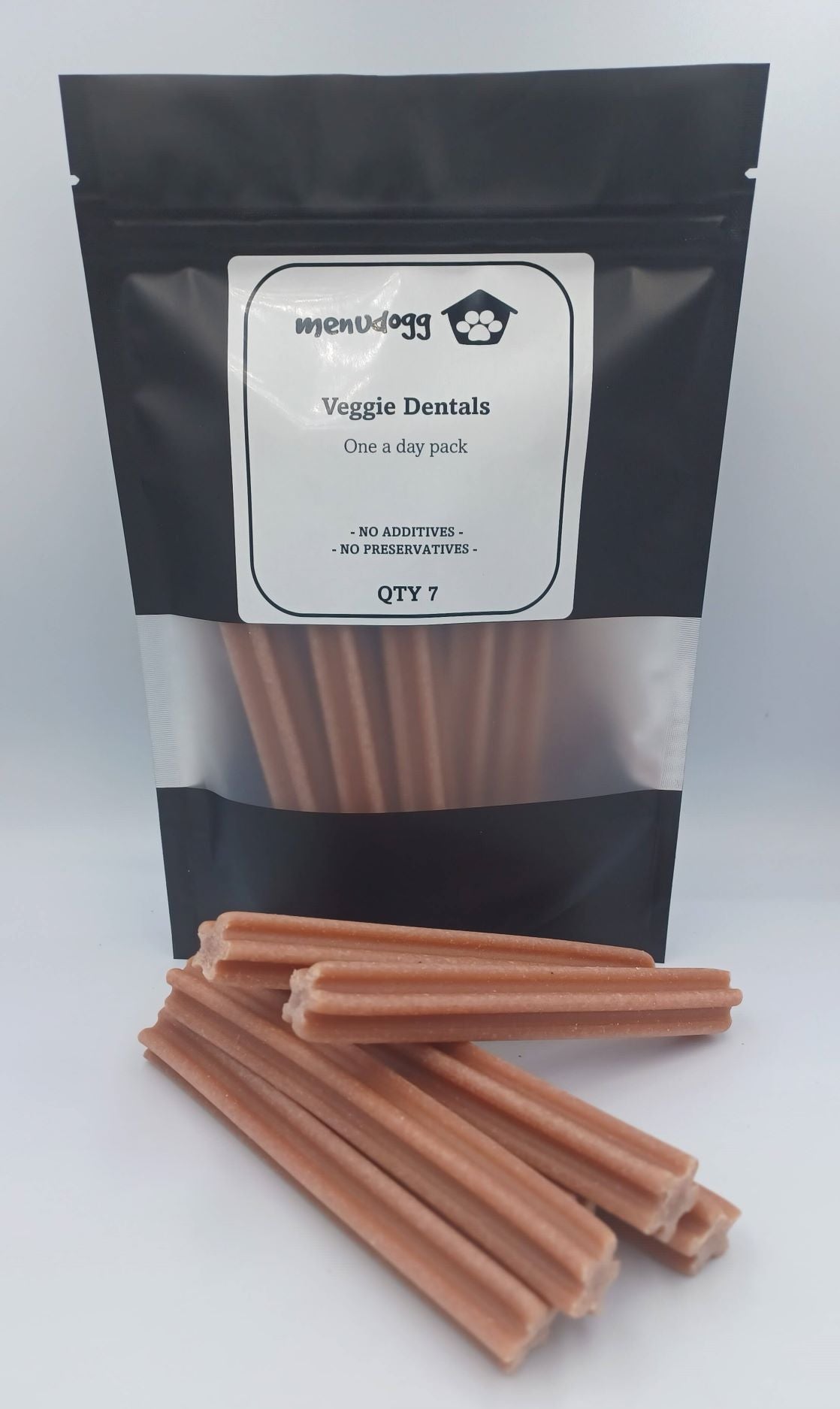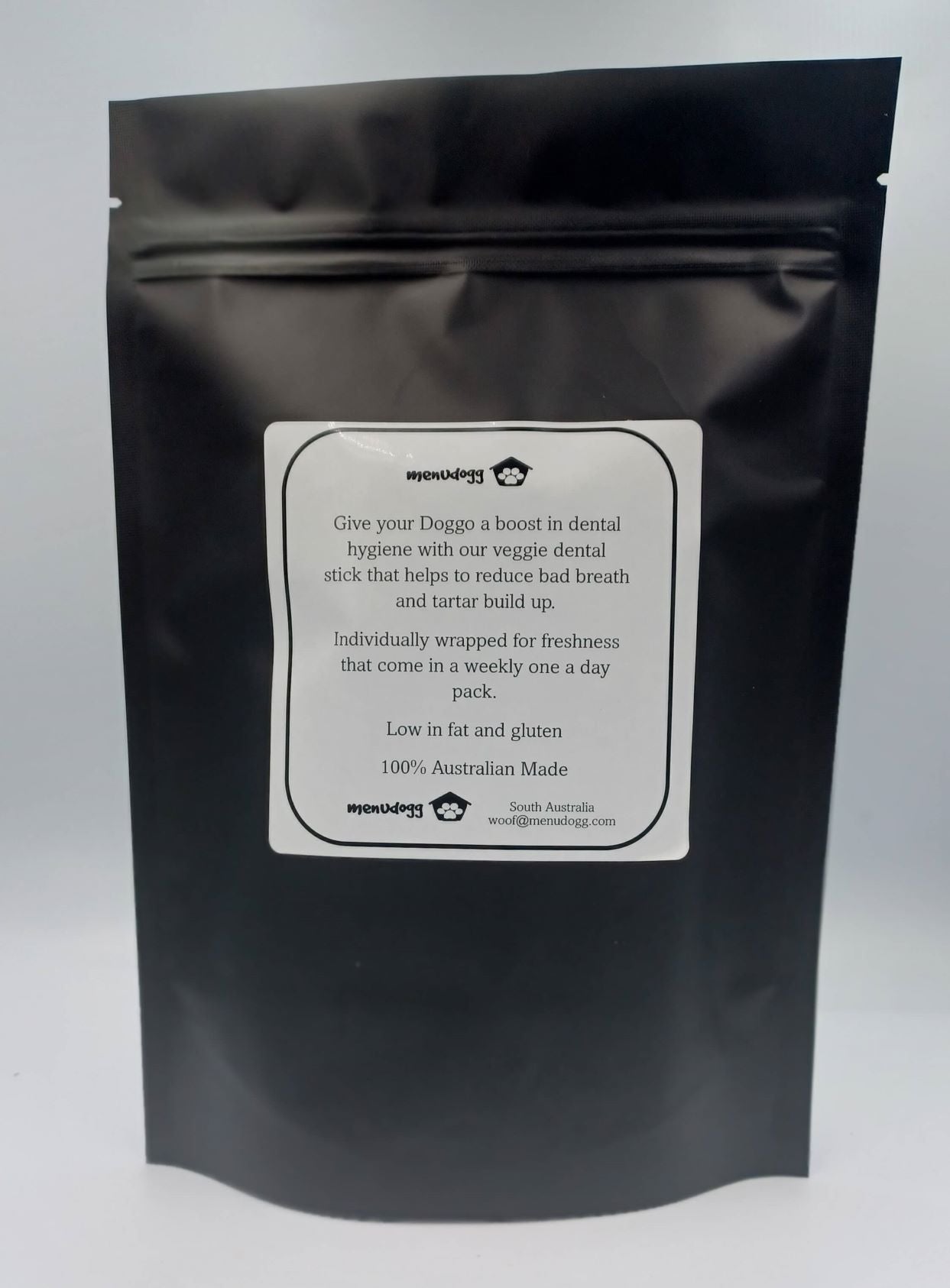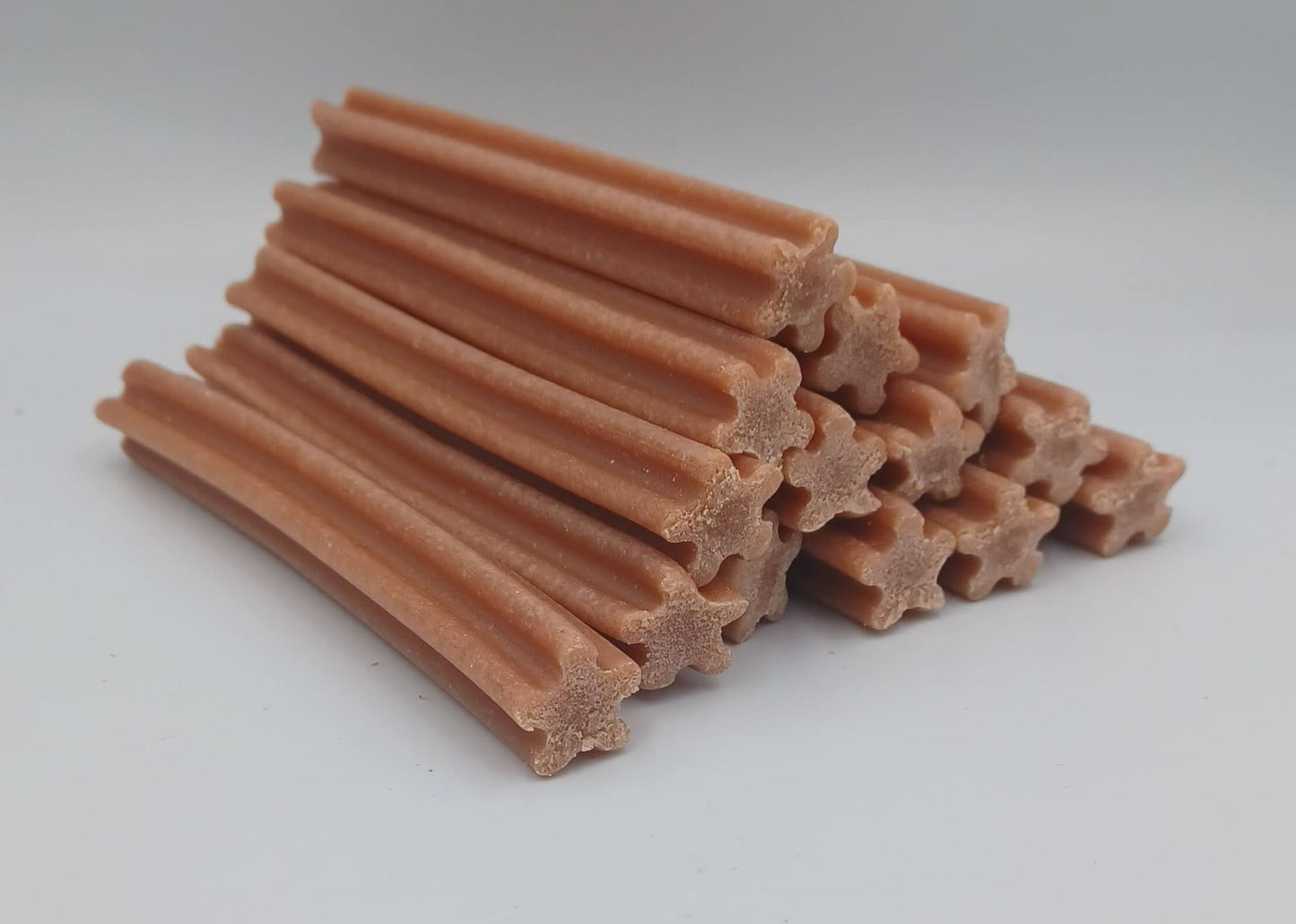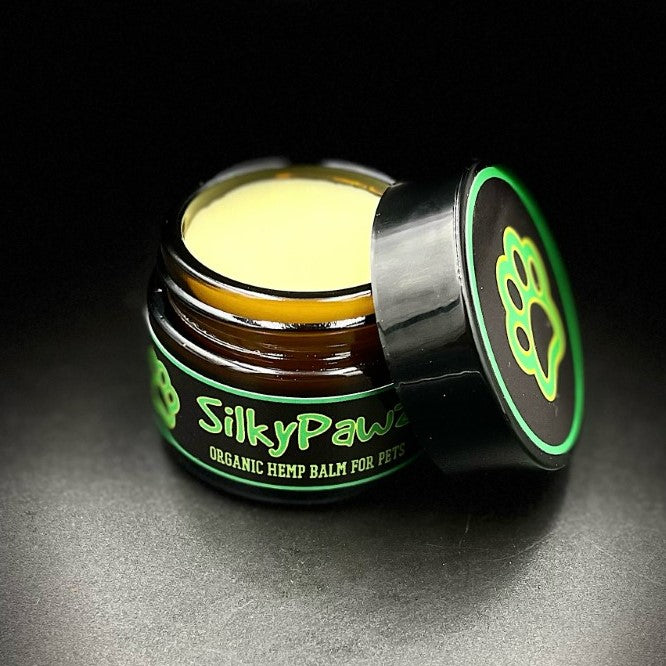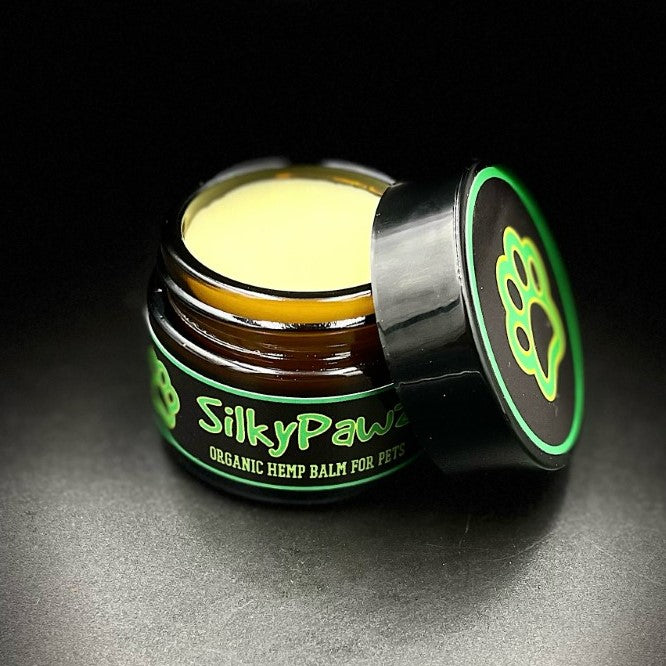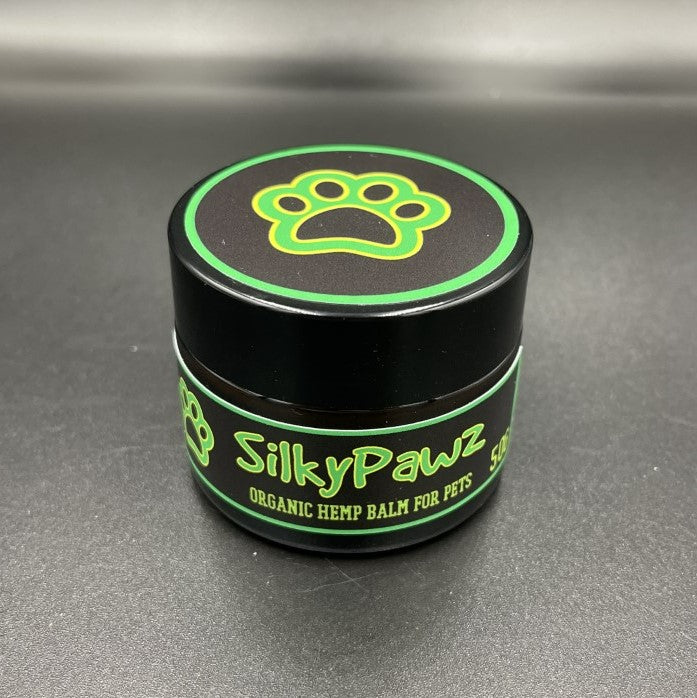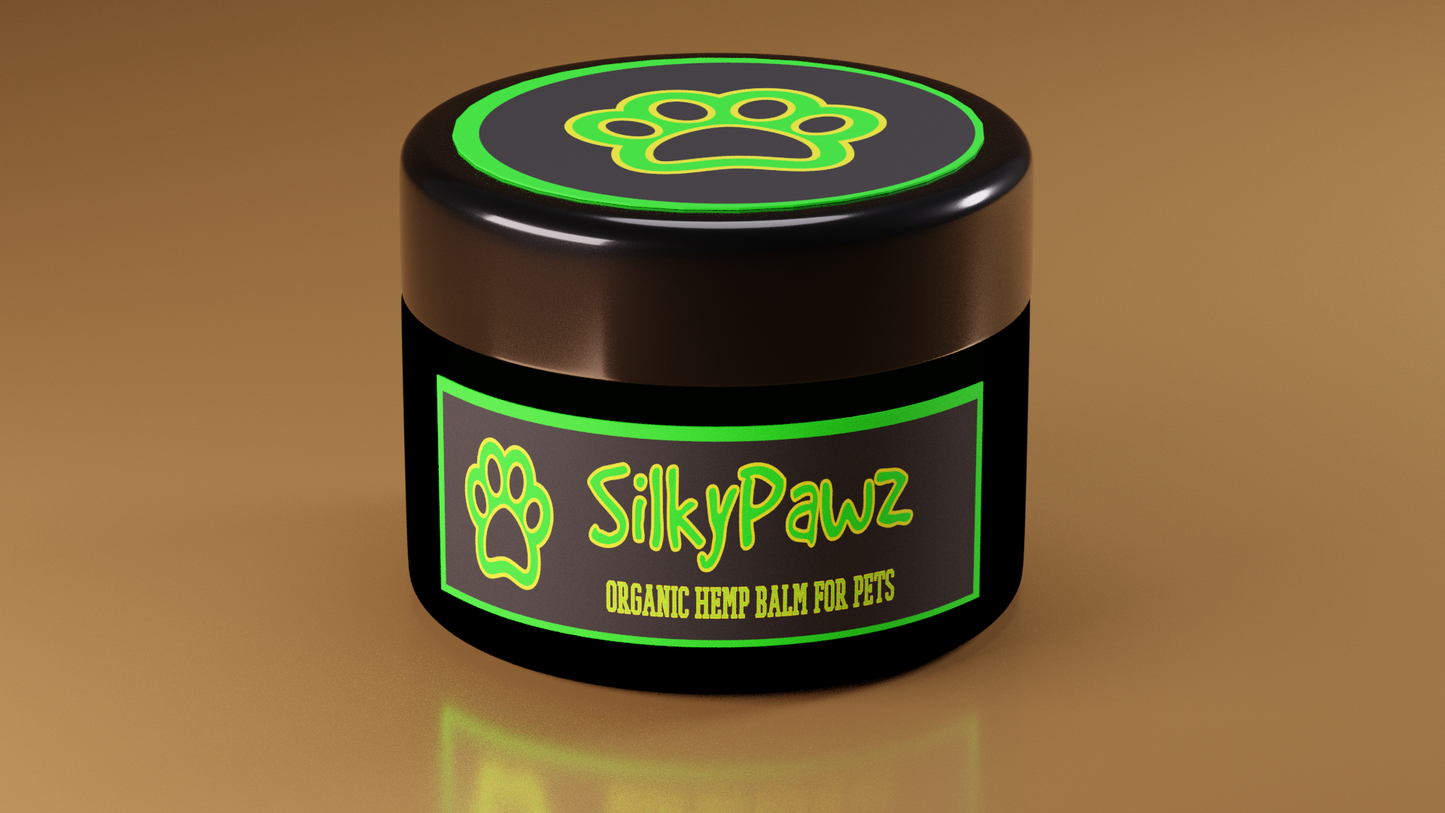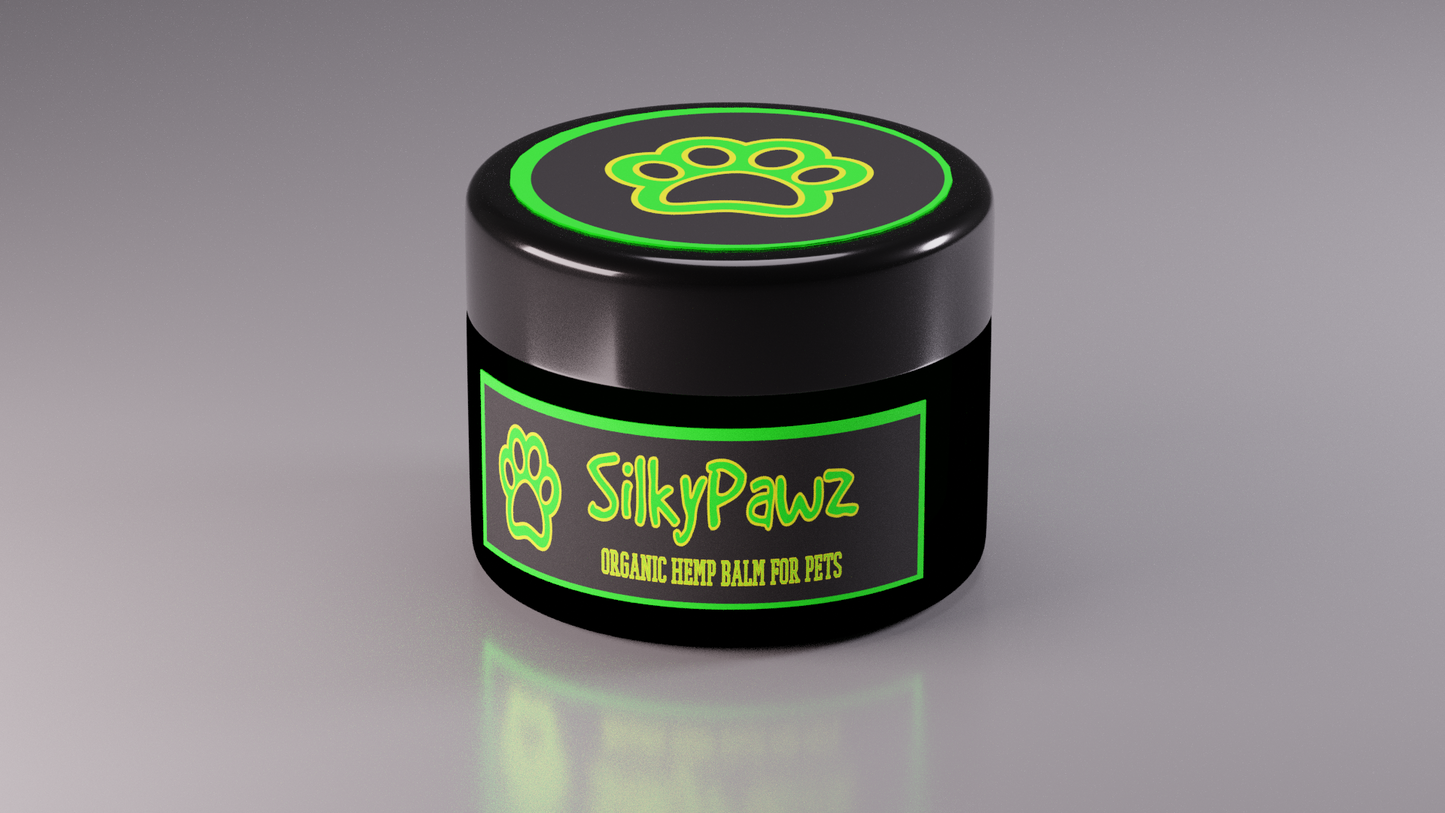Dogs are an everyday part of our lives, and of course various breeds are far more popular than others. Below are the favourite top ten breeds in Australia. In this blog we’ll investigate the history of the breeds, some of the issues of pet ownership, and the things that you might not be thinking about when you get your young pup.
Pets do get ill, and some types of dogs are far more prone to illness and disease than others. We’ll see an overview of what sort of problems each breed often face and more importantly how just by changing their diet you can improve their quality of life without necessarily having the extortionate vet bills that can be associated with your beloved furry family members. It is obvious that you should have pet insurance as well.
The top 10 dog breeds in Australia 2022
- Cavoodle
- Labrador Retriever
- Greyhound
- Border Collie
- Golden Retriever
- Goldendoodle
- Labradoodle
- German Shepherd
- English Staffordshire Bull Terrier
- French Bulldog
1. Cavoodle/Cavapoo
 Photo by Christian Tan on Unsplash
Photo by Christian Tan on Unsplash
The Cavoodle or Cavapoo is a hybrid/designer cross between the Cavalier King Charles Spaniel and a Poodle, they are super cute and it’s not a surprise why they hit the top of the list capturing the hearts of everyone all over the world, not just Australia where they were first bred in the 90’s.
Breeders recognised that they wanted to share the hypoallergenic qualities of a poodles coat and it’s intelligence with the calmer influence and outgoing nature of the Cavalier King Charles Spaniel. So you get a dog that is good for allergy sufferers and is really affectionate.
They are a sociable animal and love being around people/kids and other dogs, they also love to sleep and are great for apartment living. They are highly intelligent but they do have a tendency to bark. You can expect them to be around for about 10-15 years and grow to 5-12kg’s. During that time, you’ll find them playful and affectionate.
Because of their intelligence they need stimulation and if you don’t have enough to keep the occupied, they are likely to find and make their own entertainment, which might mean unmaking some of your furniture or shoes – you have been warned! They also do prefer to be with people so are not good at being left alone for extended periods.
The good news is they are considered a lower risk by insurance companies to develop health issues, so you’ll find them more economical to insure. Check here for a competitive insurance quote
That said they are prone to genetic problems retinal atrophy and mitral valve disease are two that should be be ruled out with a gene test by the vet but preferably the breeder should already have done those tests. They also suffer from cataracts like humans do that can be treated with surgery. They can be also affected by,
- hip dysplasia and knee problems.
- dermatitis.
- arthritis.
- allergies.
There are supplemental food products that can help your dog to enjoy a healthy life, such as food toppers for muscle health, extra protein, joint and bone health. Immunity and vitamin boosters. You can find our range of toppers here.
2. Labrador Retriever
 Toby
Toby
Labrador Retrievers don’t really need an introduction they’ve been a known breed for about 200 years, and a hunter’s favourite for all that time, they’ve been a family staple since the mid-1850s. It’s no wonder they’re Australia’s 2nd favourite dog, only just recently losing their number 1 spot. They are still no.1 in the USA and the UK though.
You’ll have seen them as black, golden, and liver (chocolate) colours and did you know they have webbed feet? That’s why they’re great swimmers in addition that they are a 2-coat dog, their inner coat is almost waterproof, that’s another reason they love the cold and the water, they don’t feel it. They were originally bred from the Newfoundland in Canada.
They are a fantastic dog for active families and have an affectionate, loyal, patient, and friendly temperament. You can expect an intelligent dog (with a propensity for daftness!) Low levels of barking and a medium to high sort of maintenance level. They’re a medium/large dog weighing between 25-36kg, you can expect to be in your family from 10-13 years.
They are an excellently trainable animal and have been used for many working functions from being guide dogs for the blind, water rescue and lifesaving animals, therapy dogs, police dogs, in Vietnam they were used as scout dogs to locate enemy positions and even bomb detection.
They do however have a higher than average probability of developing health issues, so their insurance costs can be higher than average, get a quote from Pets On Me here. They can be very prone to obesity, so watching their diet is especially important. Hip and elbow dysplasia and soft joint problems. Heart disorders are a widespread problem, as is hereditary myopathy or muscle weakness.
They can suffer from exercise induced collapse (EIC) mostly prevalent in young adult Labs. Their eyes can also suffer from retinal atrophy, which is untreatable at this time, but like many dogs that have high intelligence levels they can adapt to losing their sight, as long as you don’t keep moving your furniture! Due to their deep chest, they can also suffer bloat.
Again, as above many responsible breeders conduct genetic testing and DNA testing to avoid passing the hereditary issues onto a new litter of puppies. Recommended health tests (according to the National breed club in the USA) are a hip evaluation, elbow evaluation, opthamologist evaluation and a EIC DNA test.
Read the Official Breed Club Health Club Statement
3. Greyhound

Photo by Mark Galer on Unsplash
Greyhounds are the oldest purebred dog, and the first records of them appear some 8000 years ago where they were revered as gods in Egypt take Anubis for example, he is part human part jackal that is sometimes likened to the pharoah hound or indeed the greyhound. Unless you were royalty in ancient Egypt you wouldn’t be able to own one. The Greek gods Artemis, Hecate and Pollux are all depicted to have greyhound best friends and in Rome Diana was one of the many Roman gods to have greyhounds depicted with them. That’s some history! They have been family friends for about 4000 years, mentioned in many ancient texts, they’re the only dog breed mentioned in the bible. With that sort of provenance who could resist having one in the family.
We’re all familiar with greyhounds, many people associate them with racing and coursing, they are a sighthound hence the reason at the races you’ll see a mechanical hare looping the track for them to chase, they are after all the fastest breed of dog able to run at speeds of up to 72kmh (45mph). On the flip side the great thing about greyhounds is they are more than happy to spend the day snoozing on a favourite chair.
This does also mean that they can be a problem if you decide to get one and have small furry animals like cats in the house. Most greyhounds that have been used in racing are later tested to figure out how good they will be with other animals and should be labelled as “tolerant”, “trainable”, or, “not safe”. However, when we look at it from the outside greyhounds are fantastic calm indoor dogs, and that has an appeal with cat lovers. Learn more from the RSPCA here
You must always walk your greyhound on a leash, if they run you won’t catch them. Greyhounds must also always be muzzled when outside walking, however you can get them “green-collar” status in NSW here, which involves accreditation and they can always be walked outside without a muzzle as long as they are wearing their green collar and lead.
You can expect your greyhound to become an average of 30-40kg and 71-76cms for male and females 27-32kg and 68-71cms. They should stay in the family for 9-11 years.
Greyhounds very often make great pets, and are fine with children as long as the children are taught to respect the dogs space quite often the dog will simply walk away from annoying kids rather than react, they are very loving with family but can be indifferent to strangers, they are also not huge barking dogs which is very beneficial in apartment living and close environments. Just a word of warning, buy a coat for them for winter if it gets cold where you are due to their very low body fat content they feel the cold quite badly.
Due to their deep chests like Labradors they can suffer from bloat and gastric problems like the twisting of the stomach. Pannus is a growth of tissue over the eyes that can lead to blindness. Bone cancer is a common cancer in greyhounds and it is very aggressive, the first signs are lameness that will need to be x-rayed to diagnose if it is cancer, chemotherapy and amputation are methods of treatment for cancer. Like many other dog breeds they also suffer from retinal atrophy that can lead to blindness. They can have dental problems so it’s important to get their teeth checked and feed them snacks that promote dental health.
Give your Doggo a boost in dental hygiene with our dental sticks that help to reduce bad breath and tartar build-up. Promoting oral hygiene and good health.
4. Border Collie
 Photo by Anna Dudkova on Unsplash
Photo by Anna Dudkova on Unsplash
Border Collies are a distinctive long-time favourite family friend, they are loyal, playful highly intelligent, in fact they are recognised as the most intelligent breed of dog on the planet. Their history dates to Roman times when herding dogs were introduced to the UK – a concept previously not even thought of. However, the typical border collie can trace its lineage back to Old Hemp born in September 1983 in Northumberland, most purebred collies alive today can trace their line back to him.
In Australia and New Zealand collies were listed as being imported as early as 1858 but their exact type was not specified. It was in the late 1890’s that Hindhope Jed was brought into Christchurch from the UK. It was 1901 that the breed was introduced to Australia, and Hindhope Jed led the charge enjoying huge success at sheepdog trials.
Border Collies are typically black and white, they have a weather resistant double coat, coming in two varieties rough and smooth coats – Rough coats are longer and feathered whereas smooth coats are shorter and coarser. Normally they will have brown eyes but there are plenty with blue eyes and even mixed eyes (merles) where their eyes are different colours, care must be taken with breeding because if a pup has two merle parents, then they do have an increased risk of blindness and deafness.
Border Collies need lots of stimulation and are an exceedingly high maintenance dog, they would happily run all day long if they had the chance, especially chasing balls! But beware because they love to chase things and will notice the slightest movement, they have to be very well trained since in urban environments the chasing can include cars and motorbikes. They also love to be a part of a pack and if they see the opportunity to herd something be it other dogs, kids or even elderly grandparents then they will and if the target of their herding doesn’t react as expected then they might nip at their target to get them to oblige, it’s not an attack but in some cases it can be seen as such, so make sure they get enough stimulation and don’t start to do this.
Because of their intelligence levels and their ability to notice even minute body changes they are highly adaptable and extremely trainable, hence their success in herding competitions and obedience trials.
You can expect males to range from 17-20 kgs and 48-56cms and females from 12-19kgs and 46-53cms. They have a life expectancy ranging from 10-18 years.
When the pups are young and before they have fully formed bones you must ensure that they do not jump too much onto hard surfaces or out of cars, this can cause problems in later life.
Border Collies will bark quite a bit so be aware of that depending on where you are living.
They can be very prone to separation anxiety so make sure they have plenty to do, many owners play music for their dogs you can buy some great music here with an e-book, otherwise they might make their own entertainment and since they are so smart this could include their very own Houdini escape act.
You will need to brush them frequently, and you can expect them to think they can sit on your knee, they like being close to people and they do it for fun and will most likely follow you around all the time since they are instinctively primed to do that.
The health issues you could face with your border collie are Hip Dysplasia which can cause arthritis in later life, Collie eye anomaly which is an inherited disease normally occurring by their 2nd year that can cause vision problems and has no treatment. Epilepsy can occur and treatment is available for this. Hearing loss can occur. Neuronal ceroid lipofuscinosis a rare disease that can occur in showdogs, there is no treatment or cure but a DNA test can be carried out to detect infection and carriers.
They also can suffer from trapped neutrophil syndrome which causes a compromised immune system, again there is no cure for this but a DNA test can identify it. As mentioned earlier double merle parents can have offspring that could suffer from seeing and hearing problems. Dental disease is a huge problem in nearly all pets it affects up to 80% of all dogs and border collies are prone to this, how it occurs is a tartar build up on teeth that then progresses to gum infections, which can lead to losing teeth and cause other problems with kidneys, liver, heart, and joints.
Why not get some Menudogg dog chews to encourage saliva in your dogs mouth and help prevent dental problems?
5. Golden Retriever
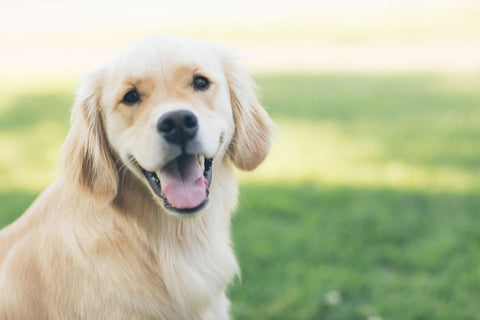 Photo by John Price on Unsplash
Photo by John Price on Unsplash
Golden Retrievers are a beautiful long hared relative of the Labrador and highly intelligent, lovable, and devoted. Like the Labrador they have been around for a couple of centuries, commonly used as gundogs, service dogs and search and rescue dogs. They were first bred in Scotland in the 1860’s by Sir Dudley Marjoribanks who wanted to create the ultimate breed of retriever for his estate in Scotland, Guisachan.
Retrievers tick all the boxes for family life, they’re good with other dogs, Great with young children and they are affectionate to the whole family. They do like to exercise so be prepared for long walks and plenty of running for them, as well as swimming. But as we have mentioned be aware of letting your dogs into water that smells funny or is green with algae. There are nowadays harmful algal blooms (HABs) that are extremely toxic to dogs (and other lifeforms too but that’s another article)
You can expect your retriever to grow as a large medium sized dog with males growing to 56-61cms (22-24”) and females to grow to 51-56cms (20-22”) they should weigh in at between 25-34kgs (55-75lbs).
Like the Labrador they have a double coat and should be brushed weekly, during changing seasons they should ideally be brushed daily to help control shedding. You will find that as they age golden retriever hair will become paler. You can expect an average lifespan of 11-12 years. They also are a dog that doesn’t really bark too much so great for living situations with neighbours.
Your retriever being highly intelligent is easily trainable and very eager to please their owner, however, be aware they can be considered slow to mature and need to be occupied and stimulated to prevent them becoming mischievous when you are away, and they are alone.
Retrievers do suffer from an average amount of health issues so when it comes to insurance, they are middle of the road. Some common issues retrievers face are cancers. Hip dysplasia. Elbow dysplasia. Subvalvular aortic stenosis (which is a detectable and treatable heart condition). Cataracts and progressive retinal atrophy can cause vision loss in your pet.
Osteochondritis dissecans which develops from improper cartilage growth in the joints and can result from being fed too much protein as a puppy. Allergies to fleas and occasionally food can present problems and tell-tale signs are lots of paw licking or face rubbing. Bloat can also be a problem so be aware that your dog doesn’t drink too quickly and maybe feed two smaller meals a day rather than one large one. They can also face epilepsy and hypothyroidism.
This concludes part one of the top ten Aussie breeds and their problems, come back to read part two where we’ll go over the second part of the list starting with the goldendoodle.
The top 10 dog breeds in Australia 2022.
Part I
- Cavoodle
- Labrador Retriever
- Greyhound
- Border Collie
- Golden Retriever
Part II
- Goldendoodle
- Labradoodle
- German Shepherd
- English Staffordshire Bull Terrier
- French Bulldog

